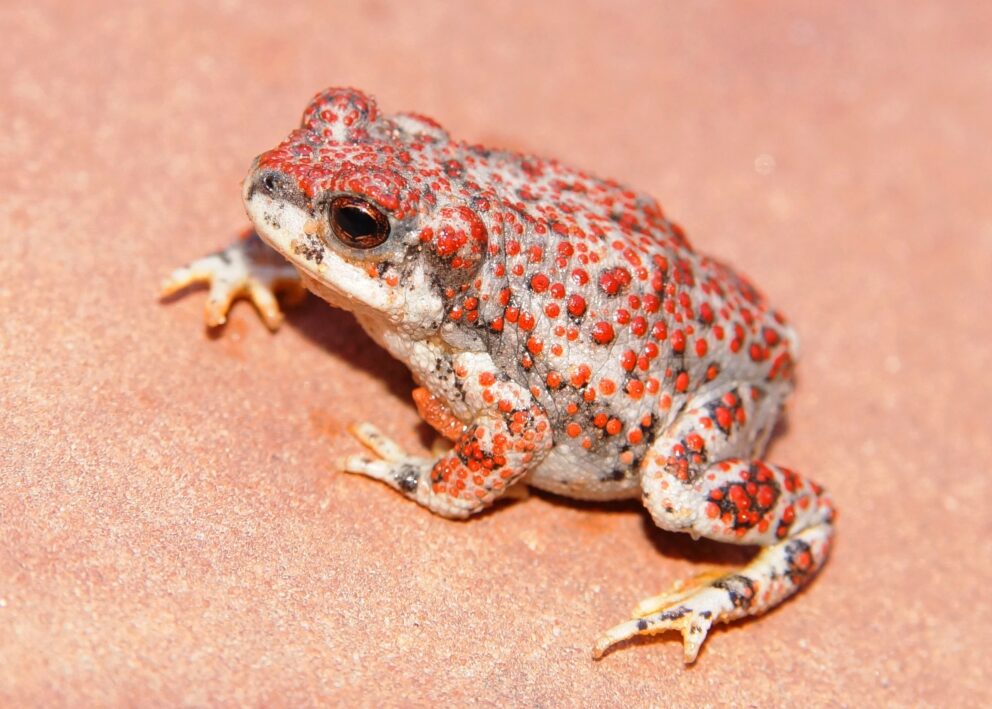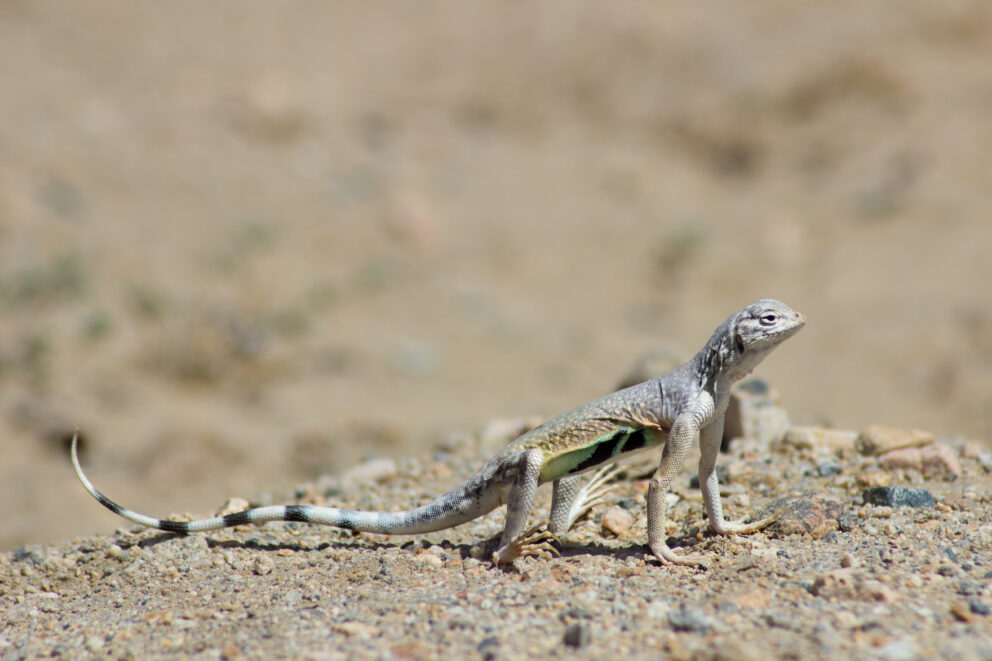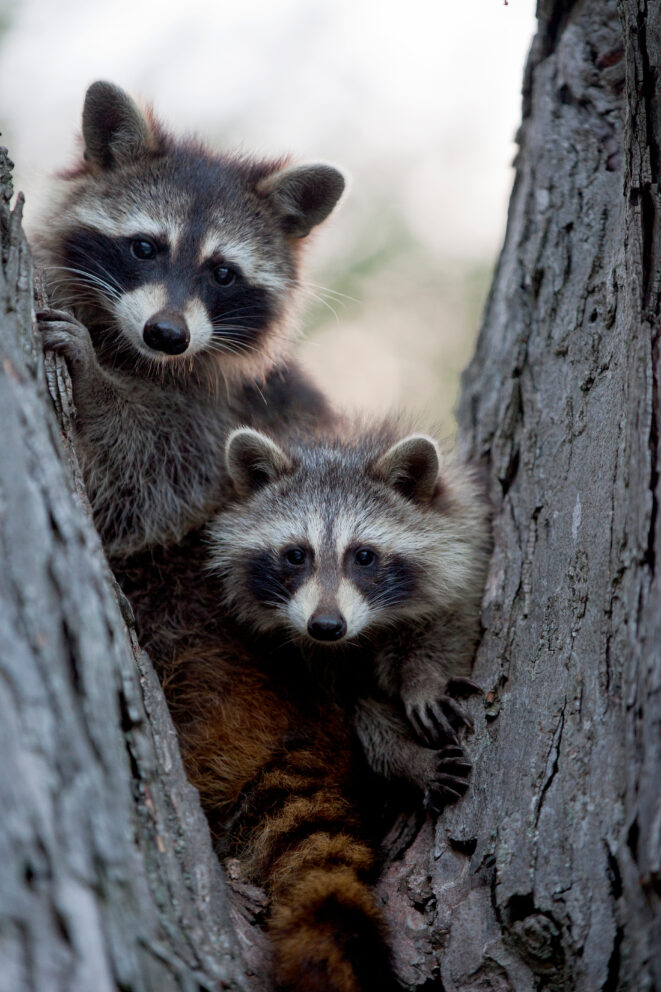- SCIENTIFIC NAME
- Crotalus scutulatus
- CLASSIFICATION
- Reptile
- LIFE SPAN
- 10-20 Years
- STATE CONSERVATION STATUS
-
- Unprotected
- FEDERAL CONSERVATION STATUS
- Least Concern
- GAME STATUS
- Non-Game
- Washoe
- Humboldt
- Pershing
- Churchill
- Mineral
- Lyon
- Douglas
- Carson City
- Storey
- Elko
- Lander
- Eureka
- White Pine
- Esmeralda
- Nye
- Lincoln
- Clark
Habitat & Range
These desert dwelling snakes prefer areas with little vegetation. In Nevada, they are found in the southern part of the state. They utilize pre-existing rodent burrows to ride out the winter months.
- Desert Washes
- Grasslands
- Mojave desert
Threats
- Habitat Loss
Natural History
The Mojave Green Rattlesnake is primarily nocturnal and is more inactive during the hottest parts of the day. It is not impossible to run into one during the day, however. They are venomous and considered dangerous, although if left alone they and not disturbed they are likely to make their way away from you. The Mojave Green Rattlesnake’s venom can be either hemotoxic (toxins that attack the blood) or neurotoxic (toxins that target the nervous system) making treatment challenging.
This rattlesnake, like other rattlesnakes, is an ambush predator. They lie in wait until their prey crosses their path, then they strike with their deadly venom and consume their prey whole. Mojave Green Rattlesnakes are not picky when it comes to prey. They will consume small mammals, lizards, other snakes, and sometimes things as big as a rabbit.
Fun Facts














